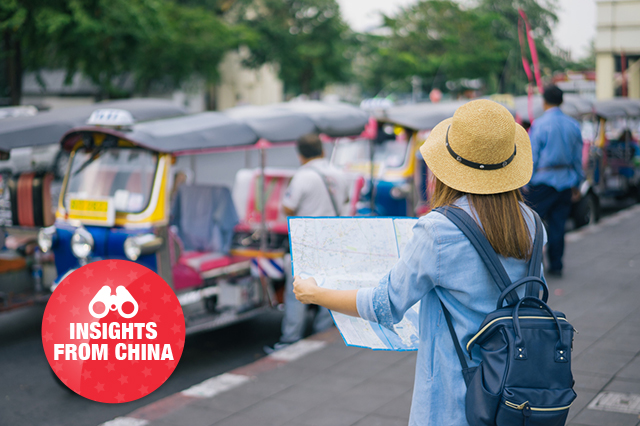
albert Chan
Chinese Tourists are Spending Less Overseas, but Traveling Overseas More Often
A recent report from consultancy firm Oliver Wyman found that in 2018 Chinese tourists spent 12% less year over year overall per trip, and 15% less year over year on shopping per trip. These findings confirm the trends we discussed in our Chinese Outbound Tourists Survey 2018: Urban Millennials Lead the Charge to More Independent, Adventurous Travel report.
That research revealed:
- Chinese outbound tourists’ average spending per trip dropped from ¥15,115 ($2,257) in 2017 to ¥12,416 ($1,854) in 2018, an 18% decline year over year.
- Similarly, average expenditure on shopping in their most recent overseas trip totaled ¥6,938 ($1,036) in 2018, down 24% from ¥9,088 ($1,357) year over year.
- Chinese outbound tourists made 2.1 trips on average in 2018, compared with only 2.0 trips in 2017.
- In particular, younger Chinese outbound tourists aged between 18 and 39 took an average of 2.3 trips in 2018, compared with the 2.1 average across all surveyed Chinese outbound tourists.